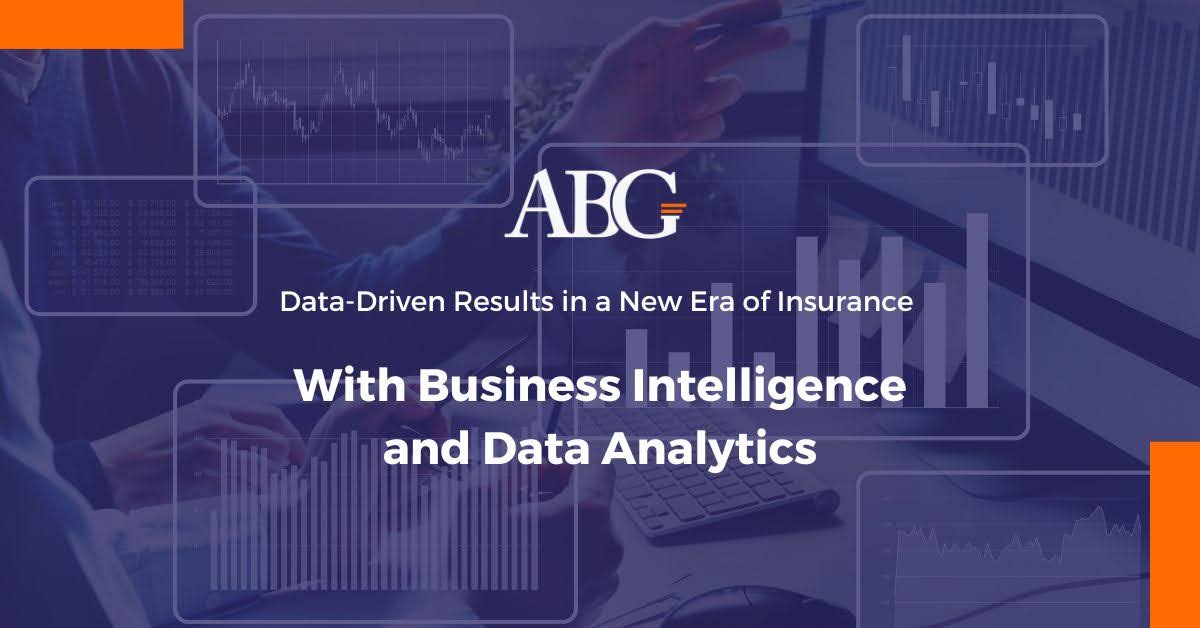
Businesses of all sizes and industries are looking for ways to improve their operations and stay competitive. Software as a Service (SaaS) is one such technology that has revolutionized the way businesses operate in the cloud computing environment. This article will explore the benefits of SaaS services, how it works in cloud computing, and its pricing models. We’ll also look at how SaaS can help businesses in various industries like education, healthcare, etc. to access and analyze data, making informed business decisions.
What is Software as a Service (SaaS)?
Software as a Service (SaaS) is a cloud-based delivery model where a software application is hosted and managed by a third-party provider. The software is made available to users via the Internet, and customers can access the software on-demand and pay for it on a subscription basis. SaaS is a cost-effective alternative to traditional software deployment where businesses need to invest in expensive hardware and software licenses.
How SaaS Works in Cloud Computing?
SaaS works in a cloud computing environment where software is hosted and managed by a third-party provider. The provider is responsible for maintaining the software, managing updates, and ensuring the software is secure and available to customers. Customers can access the software via the internet using a web browser or mobile application.
Benefits of SaaS Services
SaaS services offer several benefits to businesses, including:
- Lower Cost of Ownership: SaaS eliminates the need for businesses to invest in expensive hardware and software licenses, reducing the cost of ownership.
- Scalability: SaaS services are scalable, allowing businesses to easily add or remove users as needed.
- Accessibility: SaaS services can be accessed from anywhere with an internet connection, making it easy for businesses to work remotely.
- Ease of Use: SaaS applications are user-friendly, with an intuitive interface that requires minimal training.
ABG’s Software as a Service Offerings
It’s a ready-to-deploy system with all your fundamental cloud analytics needs, empowering you to access and analyze your data to make solid business decisions. This service is available for various industries like education, healthcare, etc. Advantages:
- Swift Launch: your cloud analytics are ready and running in no time
- Cost-efficient: instead of spending your budget on hardware tools, you can now direct it toward your team of analysts
- Stability and reliability: with solid infrastructure and robust analytical tools, you can rest assured that your data is stable and secure
- Focus on analyzing the data and leave management, technical support, and maintenance on us.
Retail Operations with Software as a Service (SaaS)
Software as a Service (SaaS) has emerged as a game-changer in the retail industry, enabling businesses to streamline their operations, improve customer experience, and increase profits. This article will explore how SaaS services can benefit retail businesses, their pricing models, and how they can be used to drive innovation and growth in the industry.
Benefits of SaaS Services for Retail Businesses
SaaS services offer several benefits to retail businesses, including:
- Streamlined Operations: SaaS applications can help retailers streamline their operations, from inventory management and order fulfillment to customer data management and marketing automation.
- Improved Customer Experience: SaaS applications can help retailers provide a personalized and seamless customer experience, from online shopping to in-store experiences.
- Increased Profitability: SaaS applications can help retailers increase profitability by reducing costs, improving efficiency, and providing valuable insights into customer behavior and sales data.
SaaS Pricing Models
SaaS providers offer different pricing models, including:
- Monthly Subscription: Customers pay a fixed monthly fee to access the software.
- Per-User Pricing: Customers pay a fee for each user who accesses the software.
- Usage-Based Pricing: Customers pay based on the amount of usage or data consumed.
SaaS for Various Industries: SaaS is available for various industries, including education, healthcare, etc. In the education industry, SaaS can be used to manage student data, provide online learning, and streamline administrative tasks. In healthcare, SaaS can be used to manage patient data, track medication, and streamline clinical workflows.




